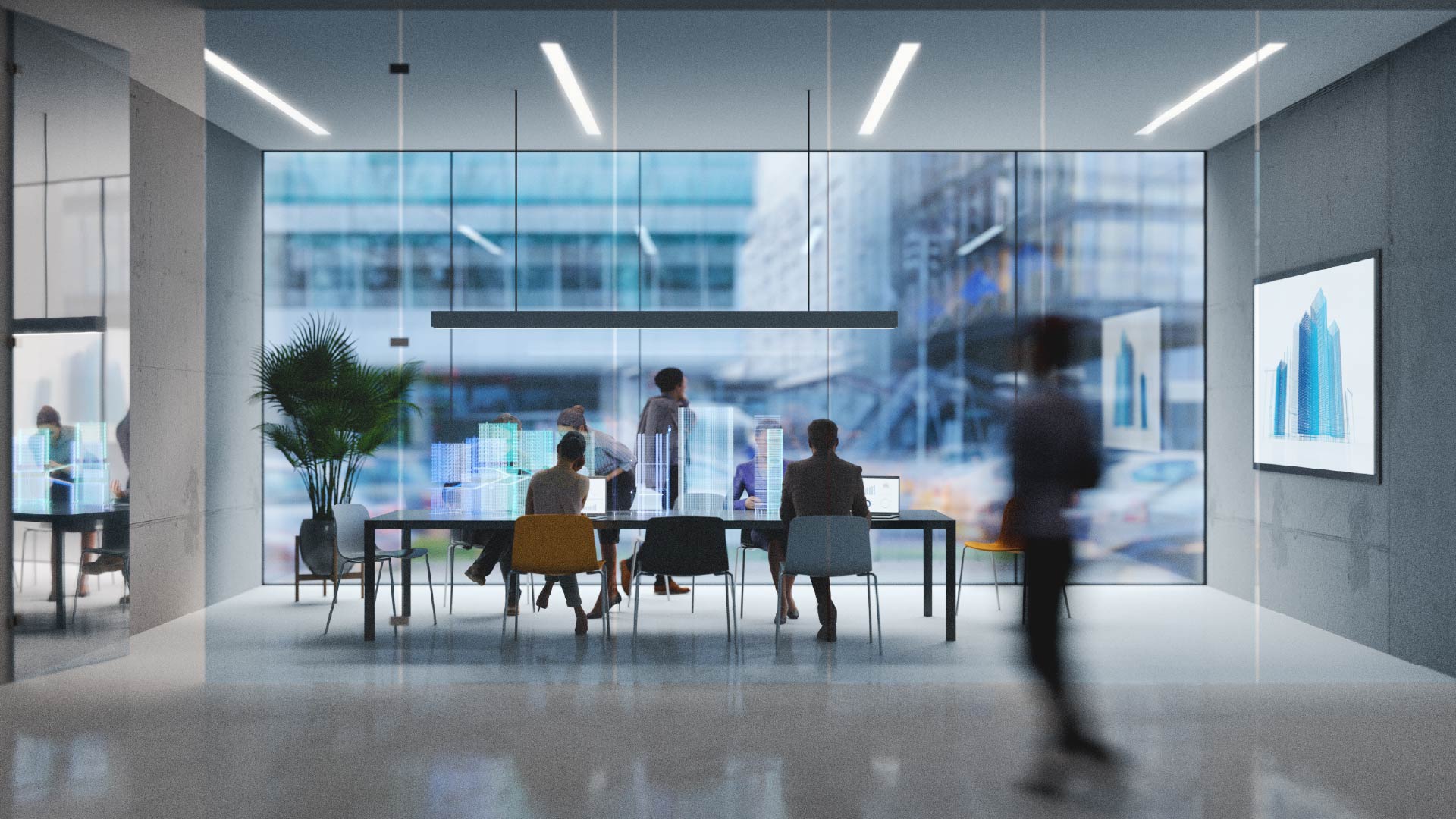Innovative Business Models Offer Flex Space Firms New Pathways To Profitability

Ibrahim Yate
11 Jun, 2021
Flex space is on the rise again, as a potential answer to the unclear role of traditional offices, many of which rarely ever hit full capacity (even prior to the pandemic). What is the cause of this growth? The rise is being fuelled by three core trends. First is the growth in demand for hybrid working accelerated by the pandemic, which has proven that working from both home and the office is more feasible than previously assumed. Secondly, the role of cheap commercial real estate prices is also animating this trend, as it did after the financial crash of 2008. WeWork started its journey in 2010 by renting office space from landlords on long-term leases on the cheap. The same is now occurring in the wake of the current economic downturn: witness serviced office firm IWG raising £318 million to acquire distressed competitors and cut-price real estate. Thirdly, there is the demand amongst occupiers for shorter-term lease contracts, which has been growing for the past two decades.
These three trends are not new, but the pandemic has undoubtedly boosted their influence on the real estate strategies of landlords, corporates and flex space operators. But clearly, the rise and fall of WeWork offers a cautionary tale about the ongoing need to update and clarify business models for flex space. For instance, the latest quarterly earnings for WeWork show earnings of $598 million, a quarter over quarter decline of 10%. WeWork, and others in the market such as Knotel, took on too much financial risk and left themselves highly exposed to the impact of an economic downturn. But does that mean that high-quality flex space will fade away? Where next for providers in this market?
Newer entrants in the flex space market are highlighting new paths. Industrious, for example, turned a profit and raised $80 million in private equity during 2020. According to their CEO Jamie Hodari, a key reason for the profitability has been avoiding leases and leaving the possession of buildings to landlords. This way, Industrious focuses its financial resources on being an amenities and design service provider. Notably, however, Industrious’s operations are based only in the US, so its business model has not yet been tested at the international level. CBRE’s recent acquisition of a 40% stake in Industrious will nevertheless provide further resources to expand the Industrious product suite to clients with global operations.
This is part of a wider trend of real estate services firms entering the market and marks the next phase of the sector’s development. JLL, for instance, has partnered with WeWork to market the latter’s flex space across 38 locations in the US. Cushman & Wakefield has launched its own white-label service for landlords called INDEGO. Newmark acquired flex space provider Knotel, which filed for bankruptcy in February 2021. And Colliers has partnered with Upsuite, an online marketplace where users can search for flex space across multiple locations and brands. Efforts to tweak and reinvent flex space products are therefore ramping up in 2021 and showcase the flex space market as one to watch for both landlords and corporates interested in understanding the future of the workplace.
To find out more about the transformation of the workplace, sign up for our upcoming digital event, taking place on June 17 2021, Next & Best Practices: Future of the Smart Workplace
These three trends are not new, but the pandemic has undoubtedly boosted their influence on the real estate strategies of landlords, corporates and flex space operators. But clearly, the rise and fall of WeWork offers a cautionary tale about the ongoing need to update and clarify business models for flex space. For instance, the latest quarterly earnings for WeWork show earnings of $598 million, a quarter over quarter decline of 10%. WeWork, and others in the market such as Knotel, took on too much financial risk and left themselves highly exposed to the impact of an economic downturn. But does that mean that high-quality flex space will fade away? Where next for providers in this market?
Newer entrants in the flex space market are highlighting new paths. Industrious, for example, turned a profit and raised $80 million in private equity during 2020. According to their CEO Jamie Hodari, a key reason for the profitability has been avoiding leases and leaving the possession of buildings to landlords. This way, Industrious focuses its financial resources on being an amenities and design service provider. Notably, however, Industrious’s operations are based only in the US, so its business model has not yet been tested at the international level. CBRE’s recent acquisition of a 40% stake in Industrious will nevertheless provide further resources to expand the Industrious product suite to clients with global operations.
This is part of a wider trend of real estate services firms entering the market and marks the next phase of the sector’s development. JLL, for instance, has partnered with WeWork to market the latter’s flex space across 38 locations in the US. Cushman & Wakefield has launched its own white-label service for landlords called INDEGO. Newmark acquired flex space provider Knotel, which filed for bankruptcy in February 2021. And Colliers has partnered with Upsuite, an online marketplace where users can search for flex space across multiple locations and brands. Efforts to tweak and reinvent flex space products are therefore ramping up in 2021 and showcase the flex space market as one to watch for both landlords and corporates interested in understanding the future of the workplace.
To find out more about the transformation of the workplace, sign up for our upcoming digital event, taking place on June 17 2021, Next & Best Practices: Future of the Smart Workplace
Discover more Building Digital Platforms & Operational Tech content
See More
About The Author

Ibrahim Yate
Senior Analyst





